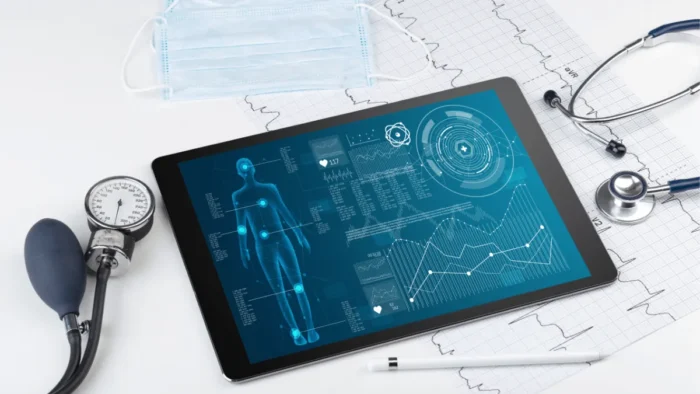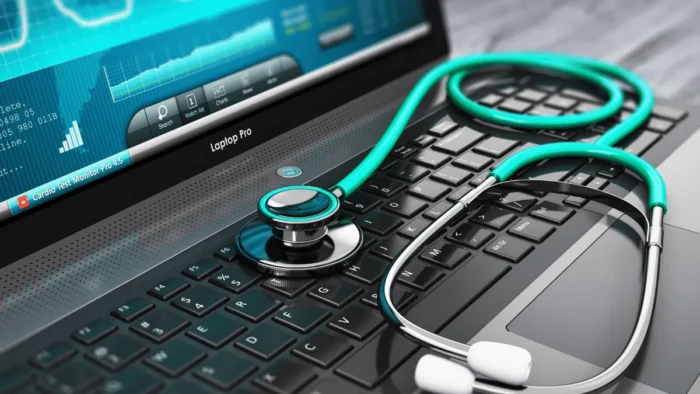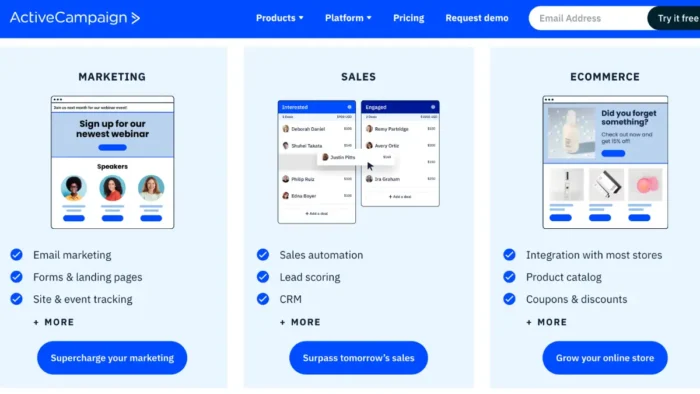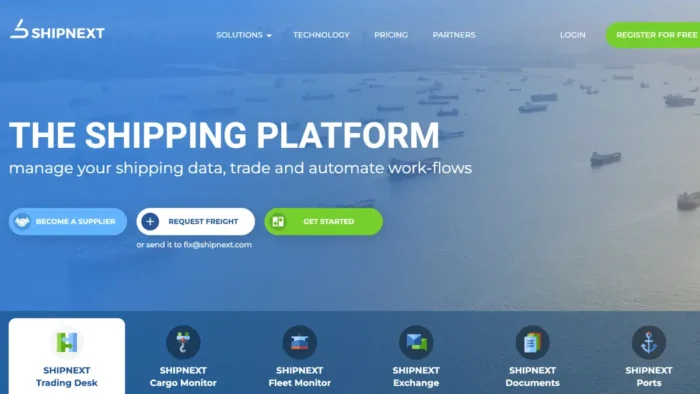Healthcare professionals are always seeking ways to improve their clinical work and provide better care for their patients. With advancements in technology, there are now software solutions that can help streamline clinical workflows and increase efficiency. From evidence-based order set solutions to medical imaging software, these tools can enhance the decision-making process while reducing errors and improving patient outcomes.
In this blog post, we will explore some of the top software solutions available that can aid healthcare professionals in their daily tasks.
Evidence-Based Order Set Solution
An evidence-based order set solution is a clinical decision support tool that provides healthcare professionals with pre-built templates for patient care. These templates are designed based on the latest medical research and best practices, ensuring that the care provided to patients is up-to-date and effective.
Now, using an evidence-based order set solution, whether zynx order or one of your personal preferences, can save time and reduce errors in clinical workflows. By having pre-built templates available, healthcare providers no longer need to spend time researching or creating orders from scratch. This can improve efficiency while also reducing the risk of mistakes due to human error.
Furthermore, an evidence-based order set solution can aid in standardizing care across different departments or facilities. This helps ensure that every patient receives consistent quality care regardless of where they are treated.
Electronic Health Records (EHR) Software
Electronic Health Records (EHR) Software is a digital version of a patient’s paper chart, containing all their medical history in one place. This software allows healthcare professionals to access important data quickly and efficiently. The biggest advantage of EHR software is that it eliminates the need for physical storage space required by traditional paper-based records. Also, with the use of EHRs, there’s no need to worry about missing or lost files.
EHR software also helps improve communication among healthcare providers as they can easily share patient information across different departments or facilities. The system also ensures the accuracy and completeness of records by reducing errors associated with manual documentation. Another great benefit of EHRs is that they allow patients to have secure online access to their medical information, where they can view test results, medication lists, and other health data anytime from anywhere.
Practice Management Software
This software helps physicians manage appointments, patient records, billing, and insurance claims, among other things. For example, practice management software eliminates paperwork, which saves time and reduces errors. With electronic forms and automated processes, healthcare providers can focus on providing quality care to their patients instead of spending hours on manual data entry.
Aside from that, this kind of software allows physicians to access real-time information about their patient’s health history. They can easily track medical conditions, medications prescribed, allergies, or any other relevant information in one place. This leads to better decision-making when it comes to diagnosis and treatment plans. In addition, practice management software provides a secure way for healthcare providers to store sensitive patient information while ensuring regulatory compliance with HIPAA regulations. It also enables them to communicate more effectively with patients through online portals where they can schedule appointments or receive lab results.

Medical Imaging Software
Medical imaging software is a crucial component of modern clinical work, allowing healthcare professionals to visualize and analyze various parts of the human body. This type of software can help with everything from diagnosing injuries to monitoring the progression of chronic diseases. The major benefit of having medical imaging software is its ability to create detailed images that can be analyzed in real-time.
Whether it’s an X-ray or an MRI scan, these tools allow doctors and nurses to see inside the body without invasive procedures. On the other hand, we also have speed and accuracy. With today’s advanced technology, scans can be produced quickly and accurately, providing healthcare professionals with valuable information about a patient’s condition in just minutes. In addition to its diagnostic capabilities, medical imaging software also plays a critical role in treatment planning. By providing detailed 3D images, doctors are able to plan surgical procedures more effectively while minimizing risks.
Clinical Decision Support Systems (CDSS)
These systems use algorithms and other data-driven tools to provide clinicians with real-time information, alerts, reminders, and recommendations based on patient-specific data. The primary benefit of CDSS is that it helps reduce medical errors and enhances patient safety. By providing instant access to relevant information like drug interactions or allergy warnings, CDSS can help prevent adverse events from occurring.
CDSS also enables personalized medicine by considering each individual’s unique health status when making treatment decisions. This approach can improve outcomes by tailoring treatments to a specific patient’s needs. Moreover, CDSS can also improve workflow efficiency by reducing the time spent searching for information or manually entering data into electronic health records (EHR).
Medical Billing and Coding Software
These software solutions automate billing by streamlining everything from patient registration to claim submission. They also help ensure that all codes are accurate and up-to-date, reducing errors and improving reimbursement rates. Furthermore, these systems allow for easy claims tracking as they pass through the various processing stages. This means that any issues or denials can be quickly identified and corrected, leading to faster payment times.
Medical billing and coding software are essential for any clinical practice looking to minimize errors while maximizing revenue. With its many features designed specifically for healthcare providers, it’s no wonder why so many practices have switched to digital billing solutions.
From evidence-based order sets to medical billing and coding software, there are a variety of solutions available that can assist clinicians with their daily tasks. Electronic health records have revolutionized patient data management, while practice management software helps streamline administrative duties.
Furthermore, CDSS and medical imaging software aid in making diagnoses and determining treatment plans more efficiently. Utilizing these tools allows healthcare professionals to save precious time while providing high-quality patient care. Healthcare providers must choose software solutions that best fit their needs and workflows.
Not only do they need to ensure compliance with regulatory standards, but they also consider factors such as cost-effectiveness and ease of use. Undoubtedly, implementing these technologies requires an initial investment; however, in the long run, it will significantly benefit patients’ health outcomes and physicians’ productivity levels.





